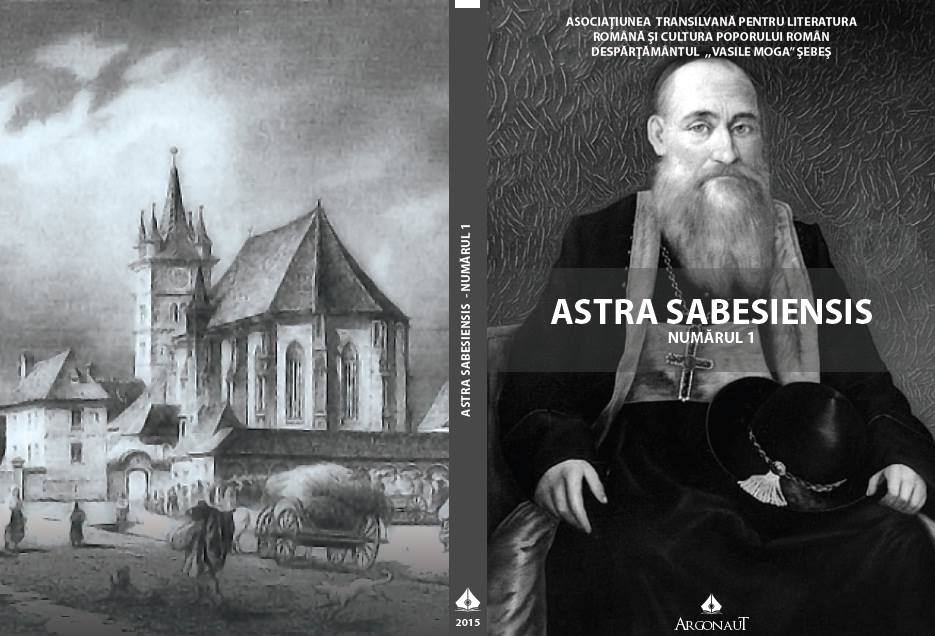TIPOLOGII ARHITECTURALE ÎN TRANSILVANIA ÎN
PERIOADA 1867-1918
Architectural typologies from Transylvania between 1867-1918
Author(s): Carmen FlorescuSubject(s): History
Published by: Asociaţiunea Transilvană pentru Literatura Română şi Cultura Poporului Român - ASTRA
Keywords: Transylvania; architecture; dualism; eclectic; secession;
Summary/Abstract: After 1867, Transylvania became part of the Austro-Hungarian Empire. The transformations the region would be submitted to from all points of view changed its trajectory, integrating it in the empire’s modernising capitalist process. The towns became testimonies of this path that proposed not only an economic development, but also an unprecedented “urbanistic rehabilitation”. Between 1867 and 1918 there were organized various works of systematization and construction, leading to the new modern urbanistic physiognomies. In addition to this, the history of the architecture proved the importance of the dualist period as demonstrated by the innovations applied in Transylvania under Hungarian influence. The eclectic or secessionist architectural projects from the period mentioned above were synonymous to a stylistic re-interpretation meant to integrate the constructions according to a series of functions and typologies that defined the modern urban contexts: at this point of the argument, we can mention the new locations of mayors, hospitals and banks.
Journal: Astra Sabesiensis
- Issue Year: I/2015
- Issue No: 1
- Page Range: 105-113
- Page Count: 9
- Language: Romanian
- Content File-PDF

